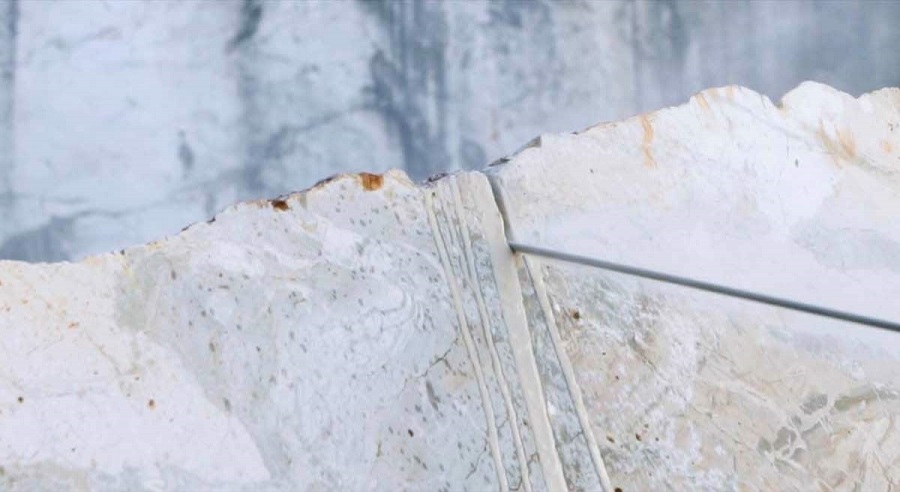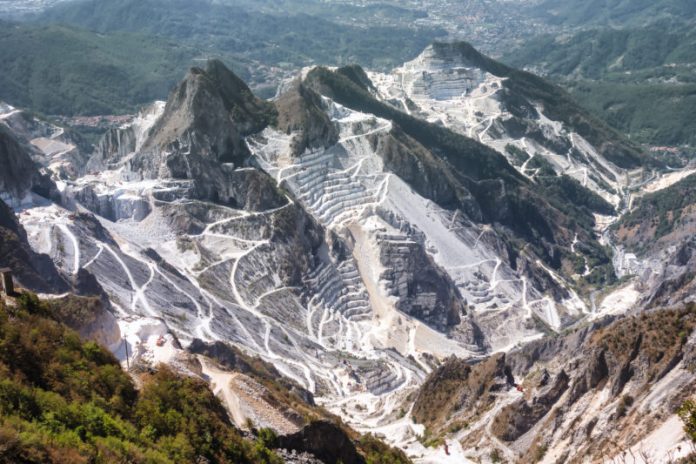Stones are in fact discreet but indestructible materials. Having to deal with it is a responsibility, both for those who extract and transform the raw material, and for those who decide to use it in projects. 71% of Italian natural stones are exported. The most common uses? Devotional buildings, private residences, hotels. And it is in the relationship with the architects that one realizes how important it is to reconstruct a culture of natural stone. “We realized that our sector lacked a strong institutional communication project to respond to the marketing impact of alternative products and substitutes that seek to emulate the formal and functional characteristics of the natural product”.
According to Stefano Ghirardi, man-made products are also chosen due to a communication deficit. “We try to give a strong and unique message. Working with standard substitute products, where each slab is the same, compared to knowing how to enhance and give space to marble and its unpredictable beauty is a completely different choice”.
Choosing between alternatives is not just a matter of taste, of course. There are projects for which the certainty of a standard and controllable product probably makes sense with respect to the functional context. But the goal of PNA is not to create a polarization, but to highlight the differences. “Farid Boumhadaf is the architect who took care of the Doha airport design”, says Stefano Ghirardi. “I accompanied him to visit the quarry and I was amazed at how he observed in silence, taking photos of the stone from which he was surrounded. At the end of the visit he told me that he had looked at an extraordinary product of nature with emotion and it was exactly what he wanted for his design”. Uniqueness and unpredictability are in fact the privilege of slow processes, skilled manual interventions and, of course, nature.
Dealing with the natural world requires evaluations on the use of resources and on the signs that we are willing to accept in our landscapes. Marble quarries are places often represented as wounds in the earth. “It is important to say that these are interventions that are repaired, evaluated. There is nothing useless or superfluous when digging the stone, there is no waste. Net of partial evaluations, we have made careful analyzes that have shown us that working with marble produces a carbon footprint and an energy consumption four times lower than the production of glass sheets, over a use of 25 years. But we know very well that marble lasts much longer. And the thermal insulation capacity, compared to an intelligent selection of the stone, is very significant in the management of buildings”. Stone also has an ability to stratify over time, becoming more beautiful and more fascinating. “Like the face of a human being, on which the sign of life remains”, concludes Ghirardi.
Using a material that promises to last forever has something definitive and very vital. Sustainability today is also made through choices that are perhaps a little more difficult, a little more complex than those we are used to. Dwelling, knowing, investigating the functions and forms in relation to the passage of time is fundamental. Recognizing the link between man and natural matter is equally important. It serves to restore priorities that could point the way towards an architecture that, in some cases, asks to deal with the future.
Source: www.internimagazine.com










































